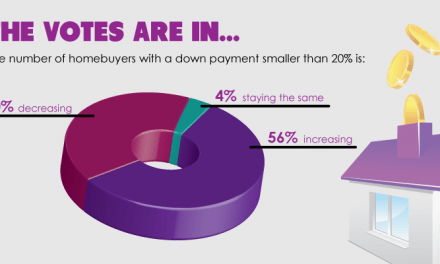California’s 2020 fire season was the largest recorded in the state’s modern history. In total, it claimed over 10,000 structures and displaced countless more Californians.
On September 24, 2020, Governor Newsom signed into law Assembly Bill 2013, a bill protecting victims of natural disasters from unintended tax consequences. It allows homeowners to rebuild a comparable replacement property on their site within five years of a disaster without triggering a reassessment.
For a property to qualify:
- more than 50% of the home needs to have been substantially damaged or destroyed; and
- the value of the reconstructed home must not exceed 120% of the value of the home that was damaged or destroyed.
This legislation is part of a greater effort to help homeowners recover from the unthinkable destruction and tragedy that has become all too common in California’s high fire hazard severity zones. AB 2013 strengthens benefits available to disaster victims who choose to rebuild on the same site, which now match those offered to disaster victims who relocate.
Prior to this bill, California’s property tax laws worked against disaster victims who chose to rebuild on their site over relocating, by triggering reassessment.
A Prop 13 loophole
Proposition 13 (Prop 13), the regressive tax scheme that makes reassessments so dreaded in California, threatens a financially fatal one-two punch for disaster survivors committed to their communities. On top of rebuilding their lives, these homeowners were often cornered into costly reassessments.
Related article:
Brokerage Reminder: Prop 13 – transactions excluded from reassessment
AB 2013 conforms with other areas of property tax law to create a safe harbor from reassessment, allowing disaster victims to invest in fire-retardant materials and improvements to structures on their property. This bill also retroactively extends these same protections to victims of the Thomas, Camp and Woolsey fires in 2017 and 2018, respectively.
Real estate professionals can advise rebuilders on how to protect their homes from future wildfire damage, starting with this wildfire readiness survey courtesy of the California Department of Forestry and Fire Protection (CAL FIRE). It offers simple but effective landscaping measures such as:
- removing any dead or dry leaves, vegetation or trees;
- trimming or cutting down unsafe trees or overgrown shrubs; and
- removing any flammable debris from the yard, driveway, gutters and roof.
Home-hardening improvements also recommended by CAL FIRE include:
- re-roofing or building a roof from materials such as fiberglass, metal or tile;
- using ember or flame-resistant vents or covering all vent openings with metal mesh; and
- installing dual-paned and/or tempered glass windows.
More intense fire seasons are the new normal but rebuilding from scratch doesn’t have to be. AB 2013 puts Californians one step closer to that reality.
Related article:



















Thank you very much for your blog. Amazing content, very clear, easy to read and helpful. I learn new information from your article.